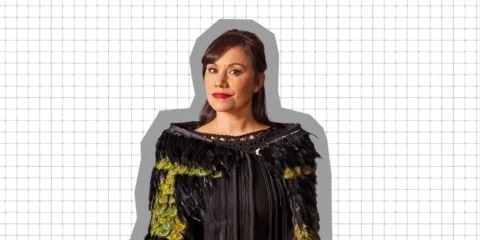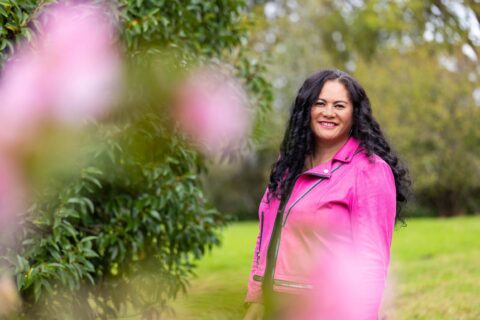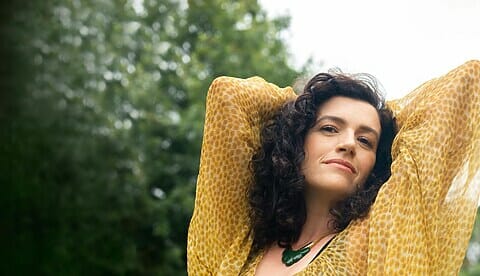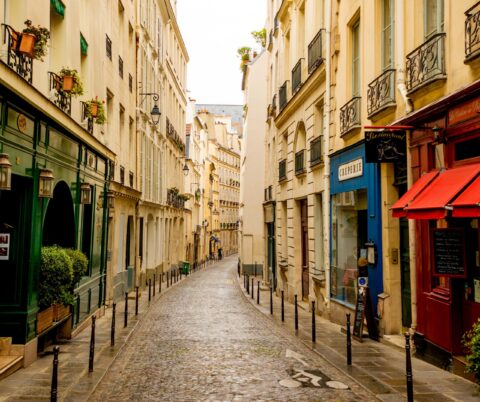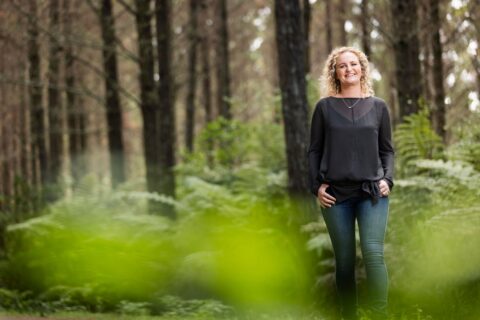When Libby Hakaraia set out to launch a Māori film festival in her hometown of Ōtaki, she had no idea it would become known across the world. She talks to Siena Yates about the importance of indigenous storytelling.
It was the middle of the night when film-maker Libby Hakaraia’s phone rang, waking her with a start. She assumed the worst, thinking she would answer the phone to learn someone had died.
Instead, her cousin Pat Hakaraia was on the line, shouting ecstatically, “We won, we won, we won!”
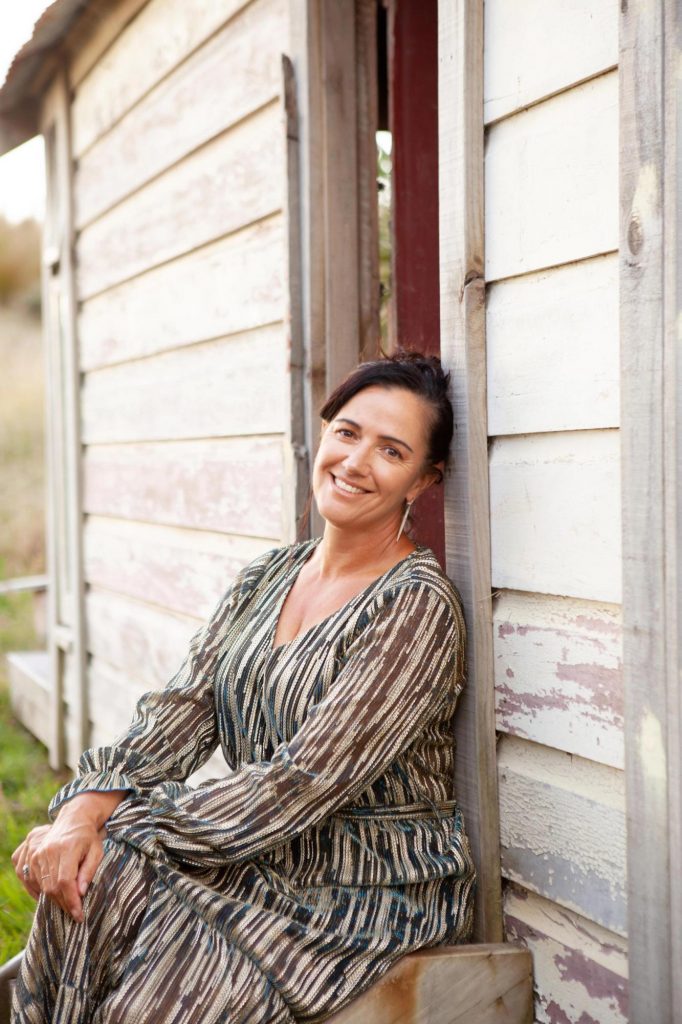
The director’s first film, The Lawnmower Men of Kapu, had just won the people’s choice award at the Wairoa Māori Film Festival which Pat attended on her behalf. “He was beside himself,” Libby recalls fondly.
It’s a massive deal for any film-maker, but what Pat said when he came home really changed Libby’s life.
Hyped up on festival buzz, he declared, “We have to have a film festival here, we have to have a place where all our people can come and watch stories that have themselves in them.”
Having been an avid film fan her whole life and attending festivals around the world religiously for more than a decade, Libby didn’t take a whole lot of convincing.
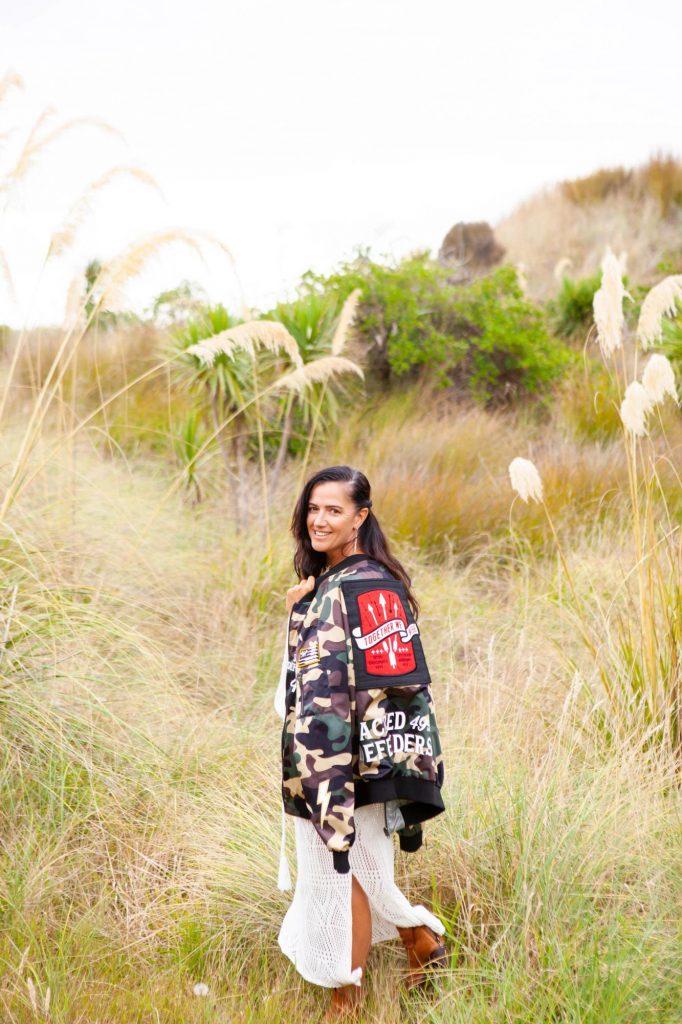
Along with her husband, broadcaster and journalist Tainui Stephens, her niece Madeleine de Young, her cousin Pat and his wife Tania, Libby set out to start the Māoriland Film Festival. Eight years later, it’s the biggest indigenous film festival in the southern hemisphere. But at the time, “we had no idea”, Libby laughs.
“All we thought you had to do was get a bunch of films, find some places to put them on, get some projectors, some audio, sell some tickets and bang. That’s it,” she says. “In our first year, we had about 3000 people come to our festival and we were absolutely scrambling, because we really had absolutely no resources – we were just five people that thought, ‘let’s put some films on.’”
But what they did have was a love for movies, strong enough to see them through. Because Libby and Tainui had been frequenting international indigenous film festivals for years, they had a strong network – friends from festivals in Canada and Berlin, as well as Sundance – from which they could source films to showcase.
On top of that, as a charitable trust, they had a strong purpose built into their kaupapa, which helped them build a culture and community at Māoriland that people were desperate to be a part of.
“We had always said that our reason for having the festival was for the cultural, social and economic [benefit] of Ōtaki. So when things got really busy and kind of overwhelming, and we were worried about whether we could actually sustain it and who was going to support us, we kept returning to that purpose and that really helped us.
“Because of that, we decided that Ōtaki would never be a venue – it would always be a place where manaakitanga [hospitality] would be the main thing we could offer, because we couldn’t offer what Sundance offers, what Berlin offers, what other festivals in Aotearoa offer. What we could do is manaaki the people, so the whole community could show them what manaakitanga meant; we could feed the people. That’s how it became what it is, and that’s what people remember; they remember coming to Ōtaki and going, ‘Wow, I felt really valued and important and I was looked after.’”
That’s why the festival grew so quickly, because the international film-makers who came in the first year went home and spread the word.
“It was ticking all the boxes. It was the dream to get to Aotearoa, and when they got here they saw there was a community which is a centre of language and cultural revitalisation. They heard Māori spoken on the streets, they saw a huge community of young people all speaking te reo Māori and that really blew their minds. So then they went back and said, ‘Oh, you’ve gotta go to Māoriland, it has a real cultural depth to it’. I think that’s the thing that made me proudest.
“We don’t even have a movie theatre in Ōtaki. We’ve got very little in the sense of infrastructure, but we would hire all the beach houses so people were staying at the beach or in the country or next to the river, being picked up by whānau and taken to places that were special to them. So that’s the flavour. We weren’t trying to make Ōtaki something it wasn’t. We were just going, ‘This is a community that will manaaki you.’”
We weren’t trying to make Ōtaki something it wasn’t. We were just going, ‘This is a community that will manaaki you’
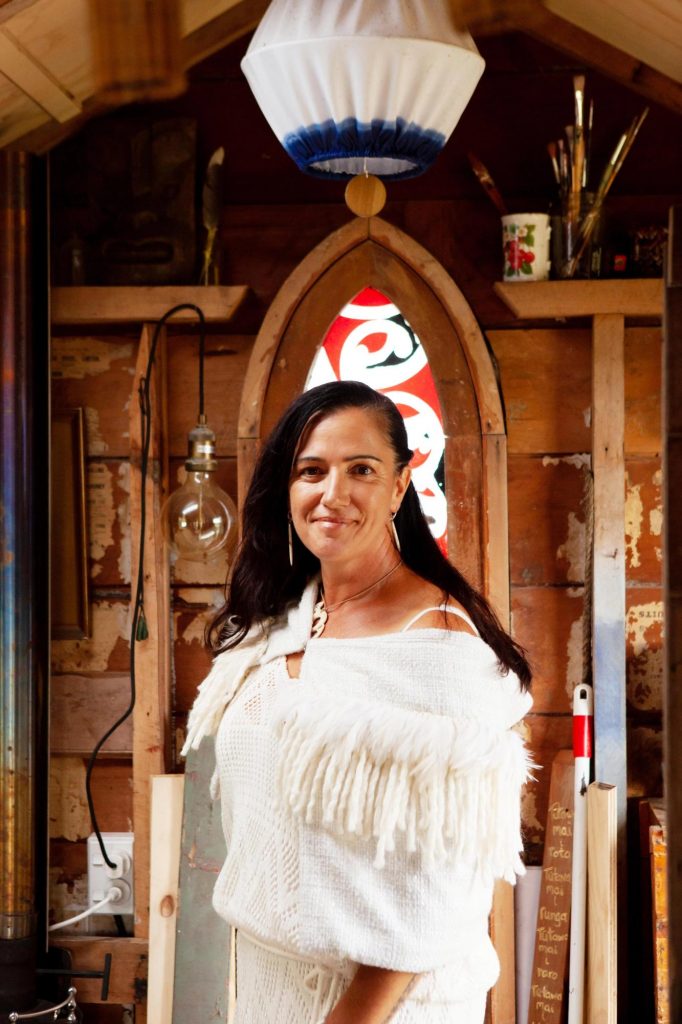
PHOTO BY PETA MAZEY
Libby’s passion for film comes from the community. She started off her career in radio and journalism, and it was there she developed a keen interest in the stories on the fringes of the stories she’d been sent to cover. She would go to an event and notice people across the street laughing about something, and she’d yearn to know what their story was. As a Māori journalist in a largely Pākehā-dominated industry, she says, “I was always aware that there was other stuff happening that wasn’t being told.”
Libby quotes Taika Waititi’s Oscar acceptance speech, in which he said indigenous people are “the original storytellers”.
“There have always been people that exist in our communities to explain what was happening and the context of the day to the community, and film-making and film-makers are just part of that whakapapa,” she says.
And that whakapapa goes further back than most people realise, Libby says, with Māori producing their own newspaper in the 1800s, owning their own printing press in the 1870s, being on radio in the early 1900s and of course, being in our earliest films.
“So it’s a natural evolution to where we are today, where I’m talking to you and you’re a whanaunga,” she says to me. “You’re part of this active movement of telling our stories and having our viewpoints put across, and we’re not being misunderstood or misrepresented.
“And that’s exciting to me; our rangatahi won’t have any of these barriers, they’ll have their own set of barriers and challenges, but all of the other things about being Māori now and telling their stories the way they need to tell their stories – there’s so much more latitude for them to get creative, and that’s really thrilling. We can’t be held back anymore.”
Thinking about how far both she and the industry have come, Libby can’t help but tear up a little.
“It’s been a hell of a journey. There have been times when it’s been like the tsunami that just kept on coming, but it’s never crashed down on us. The moments where I thought it might, I saw the community come up and hold it. I got to see my community actually come out and go, ‘We got you cuz,’” she says, through tears.
“That was incredible; to see my own whānau – who can sometimes be the harshest critics – go, ‘Can’t wait for Māoriland. You’re doing awesome’. How cool is that? So the village is the festival now. None of it could have happened if the community hadn’t said, ‘Yup, we’re here to support.’”
Which is why, at their festival in 2019, Māoriland more than doubled the population in Ōtaki; the town has 6000 permanent residents, and around 12,500 people attended the event.
Last year was set to be the biggest festival yet before Covid interrupted plans – “We had 119 international film-makers coming and we literally turned them around in the air a week before!” – and this year is set to be just as big, with movies coming in from overseas and film-makers video-calling in for talks and Q&As.
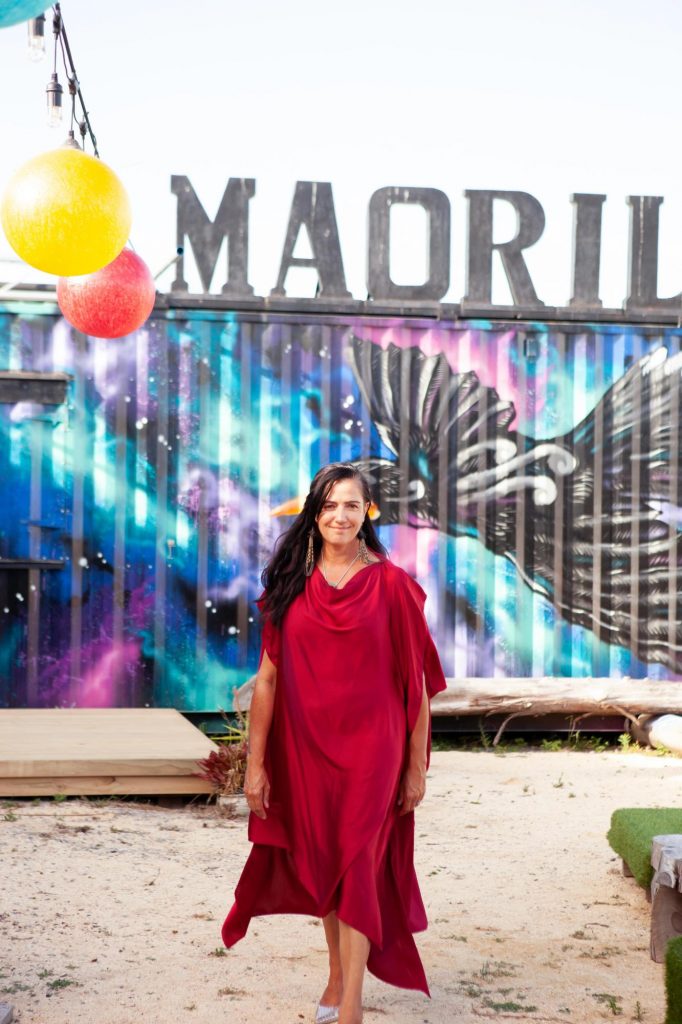
PHOTO BY PETA MAZEY
While other festivals are having to put everything online for their audiences, here in New Zealand, Libby is fortunate to be able to have live audiences. Going digital wasn’t an option, she says, “because the festival really works when people are in the cinema together. That’s a real part of the flavour of our festival.”
Instead, they’ve got all of the safety, social distancing and tracing protocols in place and have limited sales to 100 tickets per event in case they have to operate under Level 2, and there’s a waitlist in place for more tickets should Ōtaki still be in Level 1 come festival time.
While Libby’s sad the international film-makers can’t attend in person, she says they’re buoyed just knowing their films are being seen in a theatre with a proper audience, because that’s not the case in many countries.
“They know at Māoriland there’s a community of people who will be watching their films,” she says. “Even though we’re facing these kind of weird moments with the whole Covid thing, we’ve actually got a really good plan and our community knows it, and they look after each other. There’s a kind of real sense of ‘You’re at Māoriland, you’re gonna be alright.’”


